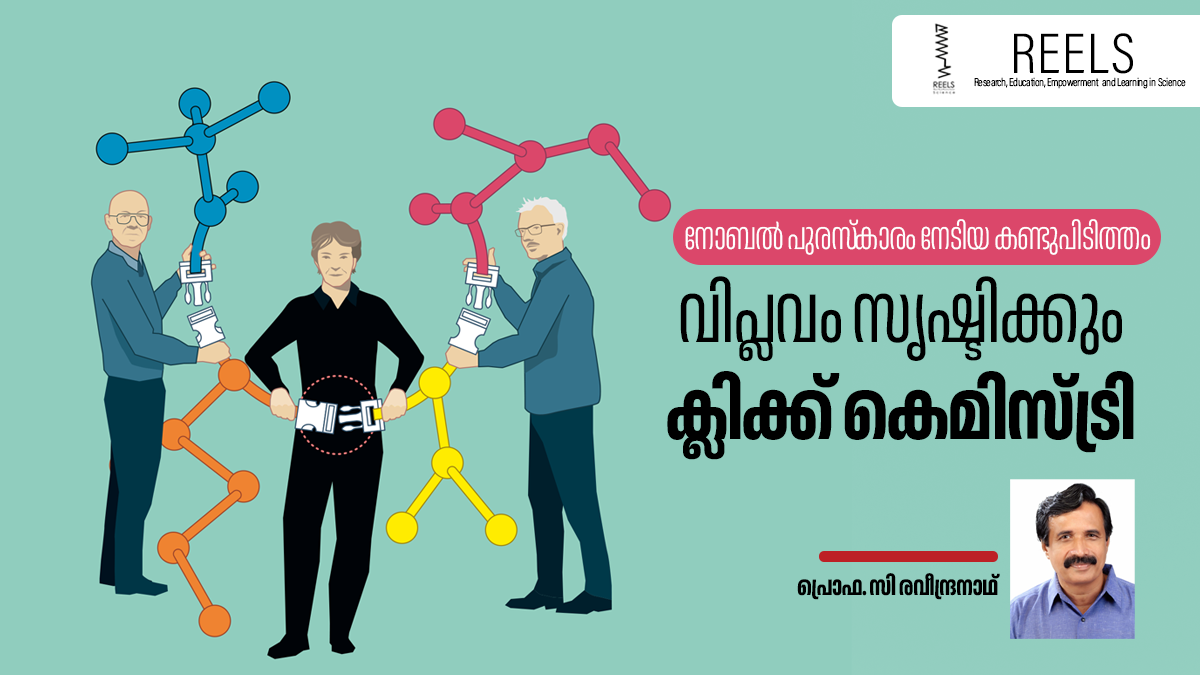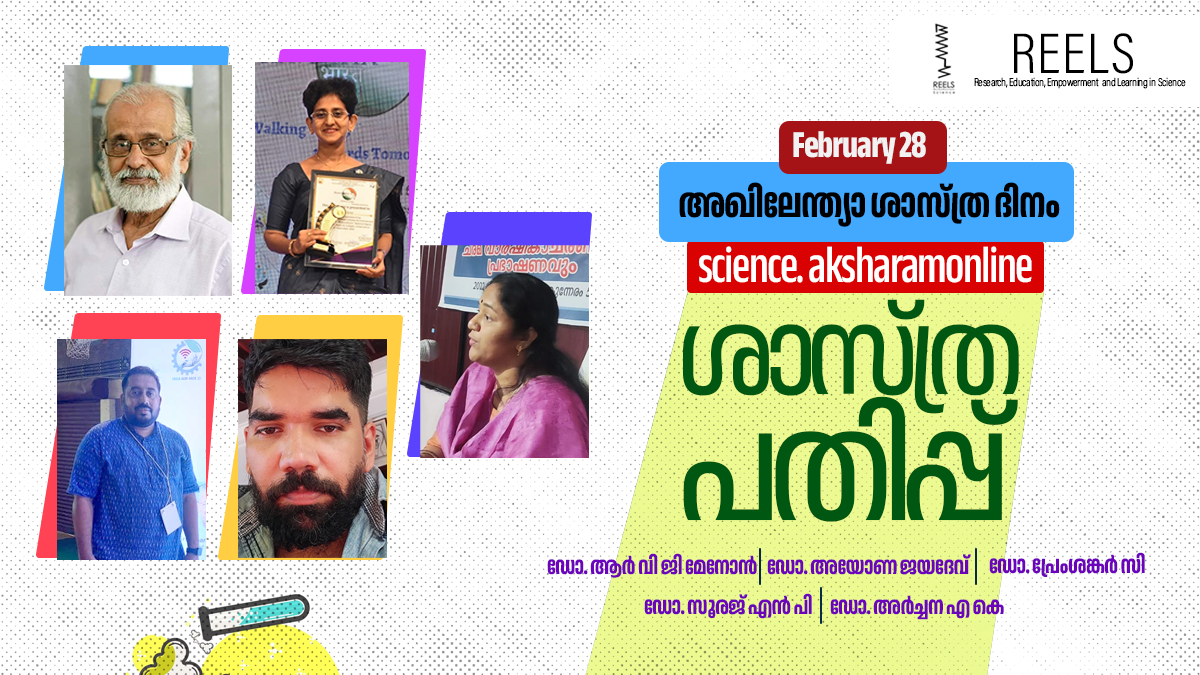“If my husband sees you sneaking around like this, that’s going to be the end of you” – my great grand mother Bhanumati’s out the ordinary sentence way back in 1998
It is this sentence of her’s that keeps me away from my parippu vada and chai which I long to devour all the bumpy way back home.
Hi, I am Viji. Back in 1998 I was a graduate student in Biochemistry at Government College, Kariavattom who used to commute home and college in the KSRTC buses that barely kept time. If no KSRTC buses arrived till 5.30 PM at the Kariavattom Jn, I used to take the tempo from Kazhakuttam with my body compressed at 45 degree angle for a long period of 1 hour and 15 mins. Post this tiresome experience and after entry into the compound walls of our house is this threatening note.
Grandma Bhanumati popularly known among her grand children as Kolichira Ammama (since her house was in Kolichira, the place where actor Indrans hail from) was 84 years in 1998 when she was diagnosed with Alzheimer’s Disease (AD). Although she looked healthy and had a great appetite, most of the time she forgot what she ate and complained to people that members in the house barely gave her anything to eat. Our house was in very close proximity to the Sarkara Devi Temple, Chirayinkil and therefore entertained a lot of guests at home – both we knew and did not know. Lot many people in the neighbourhood knew the crisis at home and a large number of people attempted to pass on the sad story of Kolichira ammama with their own combination of spices, rather unsuccessful though. Funny, those days I used to look at Kolichira Ammama with curiosity. She ate and waited patiently for her husband who died 40 years back and told her grand children to be mindful of him. Kolichira Ammama in fact believed that we were orphans being taken care of our grandmother because she had nothing else to do. I used to think of the time when Kolichira ammama and me mostly spend before. We mostly talked about the many olden ways to braid hair and prepare home-made kajal. She had silky loose skin and gave me very good head massages with aromatic hibiscus oil. On weekends I really missed all those. I somehow thought that Kolichira ammama will remember all that once again. But she never did. Months went by and one day Kolichira Ammama’s pulse started declining and she died peacefully in a warm bed in the quiet company of her children and our family doctor. She was 86.
Nonetheless, the other cases of AD in my immediate family were not as pleasant as this one. When my grand aunt Subhashini (second daughter of Kolichira ammama) was diagnosed with AD it was troublesome, fierce some to be exact. Subhashini ammama was otherwise a breast cancer survivor. She literally thought I was her sister and behaved that she was unmarried. Once she even introduced herself to her husband. But that did not mind to affect him much since he was himself going through the trauma of Parkinson’s disease. Although the case of Subhashini ammama’s was quite amusing for many initially, the later stages of Subhashini ammama’s AD was tragic. She was hysteric and sometimes refused to wear clothes. It was a tough time to keep her in the house and my aunt Ambika really did not have much choice but to keep her daughters in turn to look after her. Ammama’s end was heartbreaking with hospital stays and uncertainly and she died finally out of pneumonia.
 The above mentioned cases are two contrasting cases of AD within the family, of a mother and daughter. This incident may be an isolated case but need to be considered with caution because anyone post the age of 55 years today have a chance of getting AD. AD is a ubiquitous problem. Clinically Alzheimer’s disease is a progressive neurodegenerative disorder seen in people aged 55 and above, characterized by presence of ‘heaps’ of metabolic wastes biologically named as ‘amyloid plaques’ and ‘neurofibrillary tangles’ in brain resulting in behavioural issues and memory loss. Unlike the character of Mohanlal in the film Thanmatra (molecule), AD is rather slow to develop. It is important to watch out for AD to restrict the person with AD from humiliating himself/herself more. It is said that AD starts with short term memory loss which gradually develops into a long term loss in memory. People start forgetting where they kept their belongings. They forget to meet people and even names of a family member or friend. Because of this trouble remembering people and things, they develop mood and personality changes. They restrict going to events and withdraw from socializing. Some people develop depression and loss interest in reading newspaper, watching television, hobbies; others lose appetite, have trouble sleeping, become stubborn, angry or even sad. This they normally develop when they find out that they have trouble completing simple tasks and difficulty expressing themselves. With time they may not be able to read, suffer disorientation and become agitated. They lose track of time and space and start hiding things. They may wear too many clothes or less clothes and start using abusive language. This violent behaviour is mostly seen after sunset.
The above mentioned cases are two contrasting cases of AD within the family, of a mother and daughter. This incident may be an isolated case but need to be considered with caution because anyone post the age of 55 years today have a chance of getting AD. AD is a ubiquitous problem. Clinically Alzheimer’s disease is a progressive neurodegenerative disorder seen in people aged 55 and above, characterized by presence of ‘heaps’ of metabolic wastes biologically named as ‘amyloid plaques’ and ‘neurofibrillary tangles’ in brain resulting in behavioural issues and memory loss. Unlike the character of Mohanlal in the film Thanmatra (molecule), AD is rather slow to develop. It is important to watch out for AD to restrict the person with AD from humiliating himself/herself more. It is said that AD starts with short term memory loss which gradually develops into a long term loss in memory. People start forgetting where they kept their belongings. They forget to meet people and even names of a family member or friend. Because of this trouble remembering people and things, they develop mood and personality changes. They restrict going to events and withdraw from socializing. Some people develop depression and loss interest in reading newspaper, watching television, hobbies; others lose appetite, have trouble sleeping, become stubborn, angry or even sad. This they normally develop when they find out that they have trouble completing simple tasks and difficulty expressing themselves. With time they may not be able to read, suffer disorientation and become agitated. They lose track of time and space and start hiding things. They may wear too many clothes or less clothes and start using abusive language. This violent behaviour is mostly seen after sunset.
It is seen that for a woman the estimated life-time risk of developing signs of AD at the age of 65 is 1 in 5. This shows that the chances of getting AD is higher to than getting breast cancer. There has been identified numerous biological and social reasons as to why women are more prone to AD. The existing view is that women have greater life span than men but that is not always the case. Recent research has identified that a gene called ApoE4 is likely to increase the risk of AD in certain age groups than men. Another interesting research conducted at the University of California, San Diego has shown that women do better on tests of verbal memory which masks Alzheimer’s damage and so go undiagnosed. It should also not be forgotten that the disease AD described by Alois Alzheimer in 1906 was based on a case study conducted one 51 year old woman case who displayed behavioural disturbances, aphasia and memory loss. Hence the disorder which once was discovered in a woman will have far reaching consequences in women if she does not effectively take steps to prevent it.
Although we have not found ways of preventing AD, one of the best ways of reducing the chances of AD is to reduce stress. Women are blessed with the ability of multi-tasking. With this trait women have succeeded in taking care of their career, children, spouse, members of family, investments and career but same time given vent to ‘stress’. Lack of proper nutrients, exercise and quality time are some of the identified reasons for stress in women. The reality is that women are backward when it comes to taking care of themselves. I have seen women eat scraps of baby food to avoid wastage. I have seen women claim low vitamin D levels at 40. All the more I have seen women complain about lack of time for morning walk. It is true. In most of the cases I have noticed women worry about the house hold and office chores during the walk that they really do not enjoy the walk. In other cases I have seen women literally abandon the thought of some quality time with peers and say “My husband’s friends are my friends now”. Most married Indian women feel their universe restricts and revolves around family. They find happiness within this closed system that they barely understand the need to reach out to peers or women groups. Research conducted by the School of Medicine in Baltimore has stated that these ways of living life have far reaching consequences. While normal stress response can only induce a temporary rise in cortisol, a stress hormone; repeated stress and sustained hormone response can specifically start reducing the size of hippocampus – the seat of memory. Depression is another cause of health complications in women. Most cases of depression arise in middle aged women with declining relationships, menopause etc. Such state of depression is considered as one of the reasons for higher dementia risk in women.
At Molecular Science Lab or MSL, the lab which I am currently part of at National Institute of Immunology (NII) enthusiastically works on identifying small molecule inhibitors to cure AD. Over the last two decades tremendous efforts have been made to develop small molecule inhibitors to prevent the development of amyloid plaques in brain. In most cases the inhibitors are screened to accommodate themselves on amyloid monomers and produce a steric hindrance to prevent amyloid beta monomers from chaining up and becoming insoluble amyloids. Apart from small molecules, antibody therapy and peptide inhibitors also represent an alternate generation of therapeutics with the potential to modify AD. Most of the promising drugs work extremely well in animal models of AD but fail in clinical trials which is very disappointing. Many of the therapies that are being currently clinically tested are based on the ‘Amyloid Hypothesis’- an assumption that amyloid generation is the reason for AD. However last 25 years of efforts and money dedicated to finding a cure based on amyloid hypothesis shows that it is high time that we start viewing AD from a different perspective.
It was a decade back when Journal of Alzheimer’s Disease published an article that people with early onset of AD suffer loss of bone density. Interestingly the genetic animal models of AD available at the transgenic animal house facility of NII also had a similar problem which is the reason why my Woman Scientist project (WoSA) came into existence. We identified that the mouse models failed to produce many bone proteins, major one is osteocalcin. Osteocalcin is otherwise an osteoblast specific protein, ie a protein produced by the bone forming cells. It’s role in bone mineralization is not completely known but Gerald Karsenty, MD, PhD at the Department of Genetics and Development, Columbia University Medical Cente, New York City proposed that osteocalcin is a hormone that can regulate glucose homeostasis, energy metabolism, brain development, bone mass and even fertility and hence bone is an endocrine organ. So if osteocalcin was deficit in the AD system, could this be the reason for accumulation of amyloids? became our big question.
The bone is a very important organ and is in fact the most neglected part of the human body. We usually believe that it’s the most intact part of our boy, sturdy and healthy and can take us places with no cost. But that is not true. Bone is a dynamic system, sensitive to subtle changes in the body. It has cells like osteoblasts that carry insulin receptors on them that enable them to sense the energy status of the body like any other organ. It in fact does the multi-task of giving mechanical support, pH, calcium and phosphorus balance, stem cell reservoir, endocrine organ so on and so forth. Bone produces many factors that have impact on brain, kidney, adipose and even brain.
My interest since 2010 has always been osteocalcin. Osteocalcin produced by the bone exists in two forms – the carboxylated and the undercarboxylated. The carboxylated form (with the carboxylation at 3 glutamic residues in osteocalcin peptide) has higher affinity for hydroxyapaptite and stays in bone where as the undercarboxylated osteocalcin (devoid of carboxylation) has weaker affinity for hydroxyapaptite and moves to circulation. The decarboxylation is found to occur in the acidic pits of bone resorbing osteoclasts and this process occurs in tandem with the energy requirements of the bone. We found that the undercarboxylated form of osteocalcin (that otherwise has the ability to cross blood brain barrier) binds to amyloid plaques and this association with amyloid creates a complex that attracts glial cells (the immune cells in brain) and activate them to uptake the amyloid and degrade them reducing the amyloid burden in brain. NII has made efforts to patent protect this in the form of a technology which we hope will set a new hope for AD patients.
The passion I carry in carrying out this piece of research work is dedicated to none other than the women in my house hold. Despite having sufficient earnings, they resort to eating less so that others in the large family can eat, less pleasures so that money will not be wasted away and handed over future generation for a better life. They are those women who have once converted blood into sweat to look after their families. Those women of mine barely cared for themselves, lived for others and resorted themselves to diseases that they barely knew they were suffering. They may represent exceptional women in my life but they are not women I prefer the world to follow.
The woman of 2020 is bold and daring and have miles to go and places to conquer before she begins her sleep. So women out there please take care of yourselves – eat well, sleep well and take more care of your bones to be fit even after menopause and have a wonderful life ahead!
Viji Vijayan PhD
Woman Scientist (WOSA-DST)
Molecular Science Lab
National Institute of Immunology
New Delhi 110067







